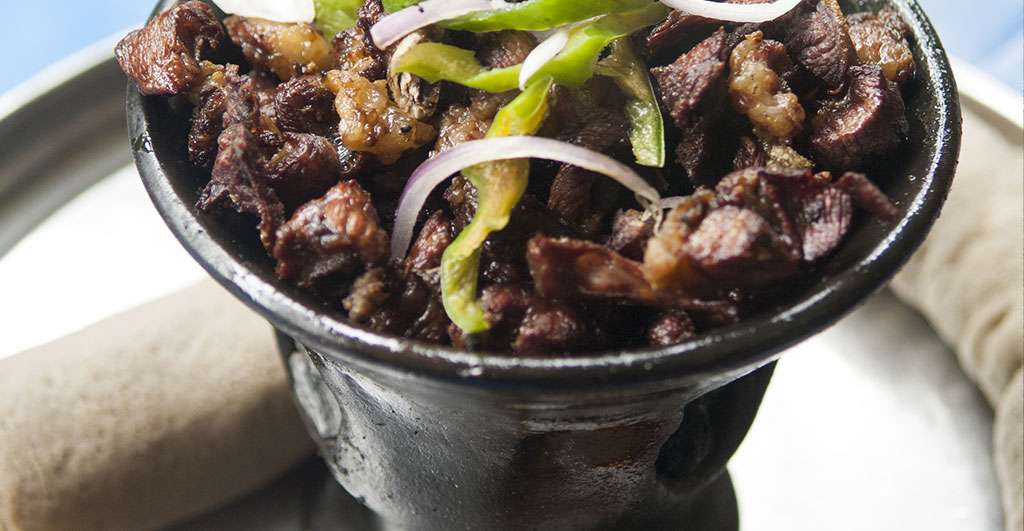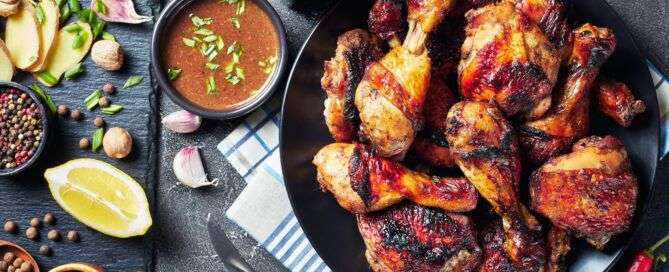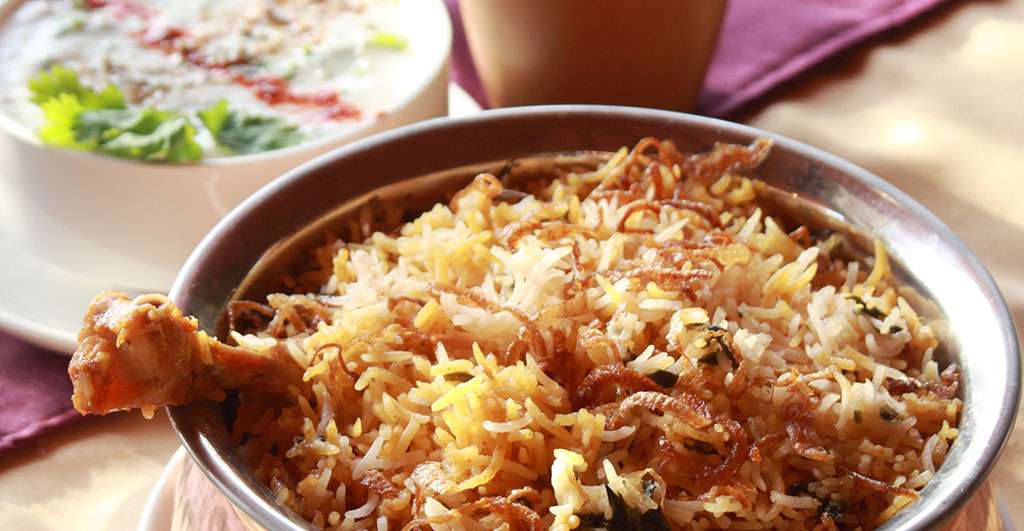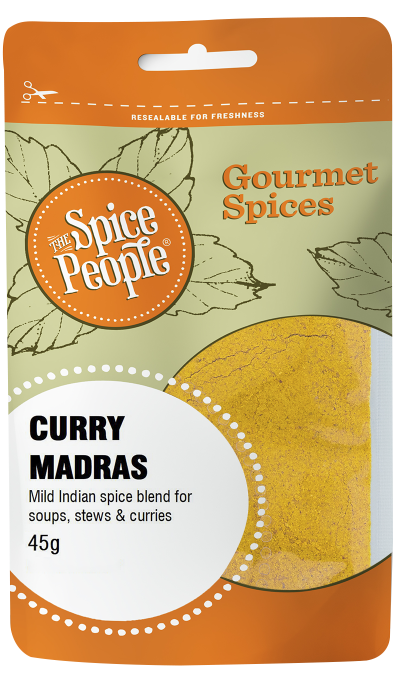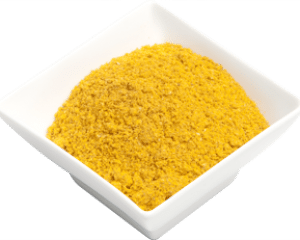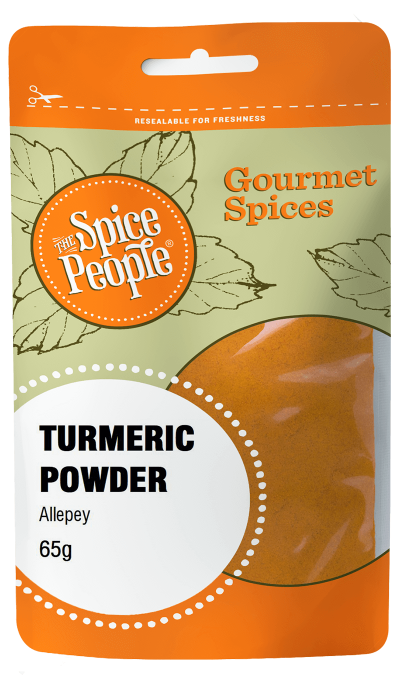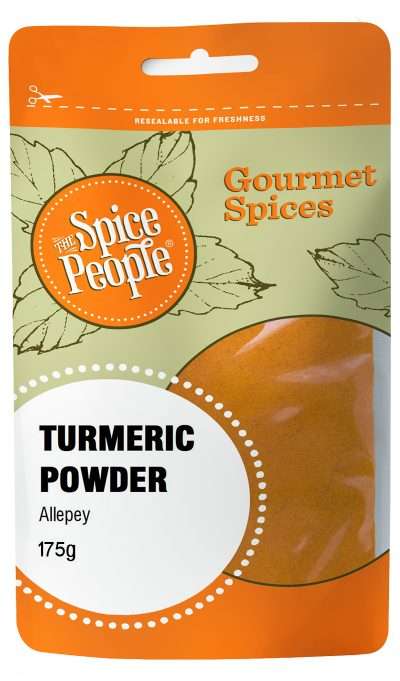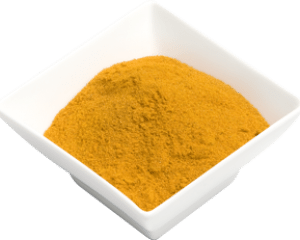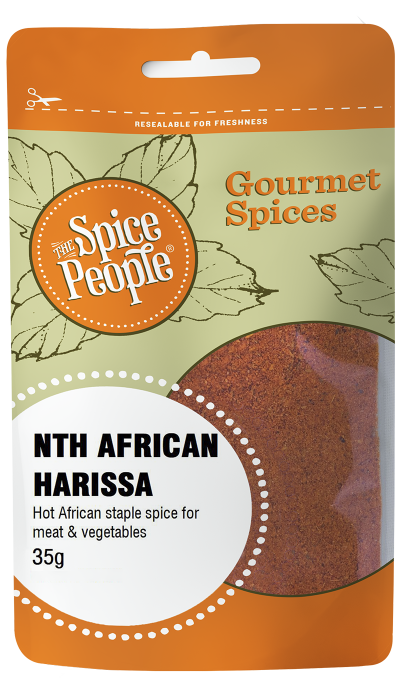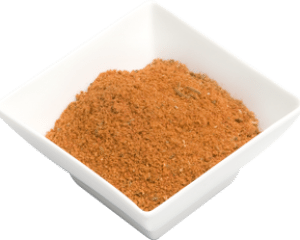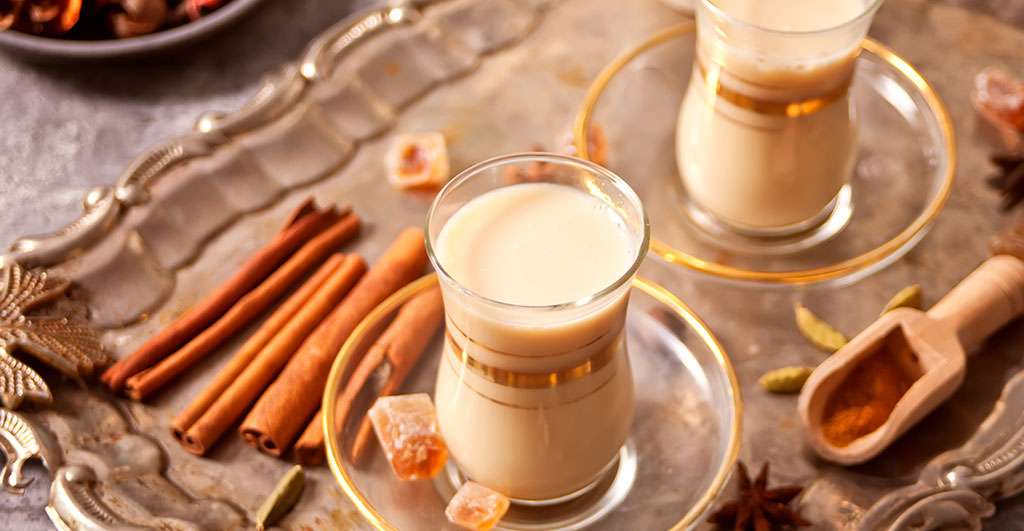Is Indian Food Healthy?
In this article Why is Indian food healthy? The balanced diet concept Some common Indian side dishes you need…
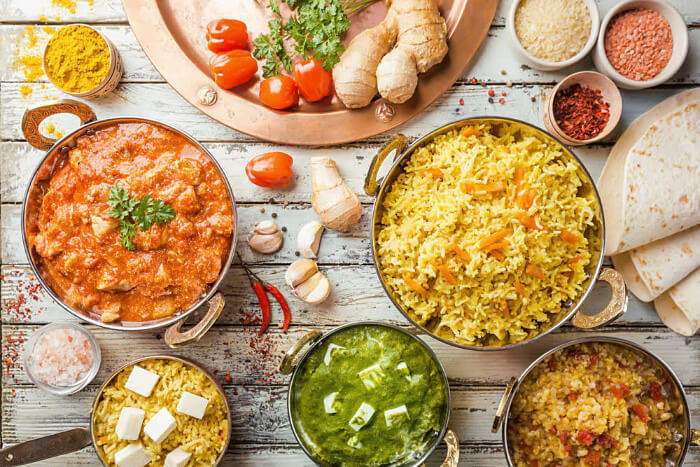
In this article
- Why is Indian food healthy?
- The balanced diet concept
- Some common Indian side dishes you need to know about
- The sweet end
Sugar, spice, and everything nice – these were the fundamental flavours chosen to create perfect traditional Indian food. Indian cuisine has some of the most flavourful dishes around the world. From regional cuisine to seasonal delicacy, there’s a lot to love about Indian cooking. Some recipes can be complex, but there are so many amazing flavours you can play around with and mix and match to make the most delicious dishes with mega flavour. Interestingly, traditional Indian cuisine is actually based on thirty different spices. Each spice is carefully chosen to bring a unique flavour, aroma, and purpose, as well as enhance other spices its combined with. These spices are not just meant to add flavour or aroma to the dish but also improve health and prolong life.
Going through the list of ingredients in Indian dishes, a lot of people have raised concerns about the nutritional benefits of Indian food. Recently we have been coming across questions like, “is Indian food fattening?” Or “is Indian food good for you?” Yes, some recipes not only contain sugar and spice but high carbs and oil too, however, there are a myriad of health benefits from the other ingredients and spices used that many don’t know of. Here is a quick rundown of all the health qualities you can expect from your favourite Indian dishes.
Why is Indian food healthy?
“Health” is, in my opinion, subjective. What might work for you will not always work for others. A healthy diet means a balanced diet containing all proteins, carbohydrates, and fats, and other nutrients that human bodies need to grow and thrive.
Whilst many traditional Indian dishes contain fats like butter, oil, and ghee that are important to their flavour, it’s important to add in small amounts for good health. Same goes for serving. Often served with rice, naan, parantha or roti, Indian dishes can be heavy on carbohydrates. Roti, however, is actually a wholemeal bread that has significantly fewer carbohydrates. Usually containing loads of rich spices, one can often experience mild digestive problems after eating Indian dishes. As well as this, many dishes are made from sugar, evaporated or whole milk products such as cream, increasing your calorie intake.
So given all this, why do we say it’s healthy? Scroll down to read about common misconceptions and clear the air about Indian food and its nutritional value.
1. Indian cuisine is all about oils and fats
It is true that most Indian foods contain oil, but traditionally, it’s cooked with aromatic oils such as mustard oil, peanut oil, coconut oil and peanut oil. These oils are rich in vitamins, proteins and antioxidants and are more nutritious providing maximum energy than standard vegetable or canola cooking oil, also helping to digest fat-soluble vitamins. These seed oils provide a balanced amount of saturated fatty acids, monounsaturated fatty acids, polyunsaturated and essential fatty acids, with many other natural nutrients.
2. Indian food is really hot and spicy
A typical Indian dish is made from at least 2 to 20 types of spices. The quantity and type of spices used vary regionally and according to the taste of the person cooking the food and, of course, the people eating them. Did you know that consuming spicy foods six or seven days a week can reduce mortality by 14%? It increases the rate of your body’s metabolism tenfold, even at rest.
If we consider specific spices, turmeric is found to suppress fatty tissue growth. Curcumin, a compound in turmeric, can also reduce inflammation, which helps your immune system to function properly. Indian food also contains other ingredients such as ginger and garlic that serves the same purpose as well as boosting immunity and aiding in digestion. These have been used for centuries for arthritis, autoimmune diseases, and even headaches and nausea as well.
3. Indian food is heavy
Indian food is relatively healthy as the ingredients are usually plant-based. Most of the ingredients used in a typical Indian household are fresh seasonal produce. You will find plenty of vegetarian options such as okra bhajis, samosas, and dal. Cheese and yogurt are important in some vegetarian dishes, such as saag paneer and naan. These dairy products, such as yogurt, milk and cheese, are rich in calcium.
Traditional Indian food is based on the concept of Ayurveda. Ayurvedic food has a balance of 5 main flavours depending on its ingredients. These flavours are sweet, sour, spicy, pungent and bitter. In Ayurvedic practice, it’s thought that all the spices and ingredients used are the key to reducing inflammation, a major cause of diseases such as diabetes, high blood pressure, and heart disease. Often made with curry leaves, tomatoes, onions, black pepper, garlic, turmeric and various other spices that have an important role in maintaining health, Indian curries are an integral part of Ayurvedic medicine. The spices and herbs used in Indian foods are not just for the incredible flavour, but for their antioxidant and antimicrobial properties that help inhibit the growth of microorganisms.
The balanced diet concept
Have you heard about Indian thali? In a traditional Indian thali, a large plate is filled with different bowls of small sizes. The bowls are filled with 2-3 variations of dal, sabzi, some rice or roti and sometimes even both and a sweet dish. This thali contributes to a complete meal by filling in all essential nutrients in the right proportions.
Typical Indian food will include:
- Raw food in the form of vegetables, dairy products, cereals
- Proteins in the form of eggs, fish, meat, legumes and legumes,
- Carbohydrates and fats
- Spices and herbs
Each of these ingredients contribute to a well-balanced and healthy diet.
As we all know, the human body needs different foods and nutrients to grow; Indian cuisine has them all. Various spices and vegetables in the diet are important for a healthy, balanced life. Bajra, nachni, jowar, along with various rice grains, are widely grown in India and an important part of immune building. You will also find various legume dishes in Indian food that are high in protein and all the essential amino acids.
Some Common Indian Side Dishes you need to know about
Indian thalis are full of lively colours and flavours. Pickled cucumbers with the right quality of salt (rock salt) and oil are one of the best probiotic foods you can have along with your curry dishes. Made from green leafy seeds and green seeds, traditional Indian chutney is very nutrient dense and offsets the rich flavours of the curry dishes beautifully.
Papadum is a thin, crunchy side dish made from black chickpea flour, which is usually served as an appetizer or alongside your curries and mains. Raita is a yogurt-based sauce sprinkled with grated vegetables and ground spices, usually, cumin, which is used to cool and temper the heat along with ingredients like Basmati rice. Chutney is another popular dietary supplement like masala dosa or samosa. You will find a wide variation in chutneys from tamarind to mint. Many Indian families even mix their mint chutney with ketchup, which is eaten with samosas or Dahi toast. Along with chutney, achaar, made from fruit or vegetables, livens up everything from rice to yogurt to dal and is always served on a traditional Indian table. The classic option is the spiced achaar mango, which varies from state to state in terms of heat and spice, but carries a classic bittersweet profile.
The sweet end
The Indian name for tea is Chai. Chai is made by infusing water or milk with black, spices and a little sugar or honey. Masala Chai is when you add a combination of masala spices to your standard chai brew. A typical chai masala has a blend of cardamom, cinnamon, pepper, and ginger. All of these ingredients have anti-inflammatory and antioxidant properties and are so beneficial for health.
Lassi is another sweet yogurt drink, which is traditionally made by diluting the yoghurt with milk or water and then sweetening it for added taste. Sometimes cream is also added to the drink to make it richer and creamer. Lassi can also be made in different flavours by simply adding different fruits. The natural milk and yoghurt used in a Lassi is great for our internal gut health and producing healthy bacteria.
On the whole, Indian cuisine has so many beneficial qualities for our health from immune-boosting spices to wholesome, fresh ingredients used. And because its flavour is so bold and rich, often just a small serving is enough to satisfy, helping you to consume fewer calories. Diverse eating is also a great way of preventing boredom and overeating, and Indian cuisine is one of the most diverse in the world.
Discover more Spices
Similar Blog Posts
Join the Spice People to Get Started on Your Culinary Spice Journey!
Be the first to hear about our exclusive promotions, new product releases, recipes and more.









